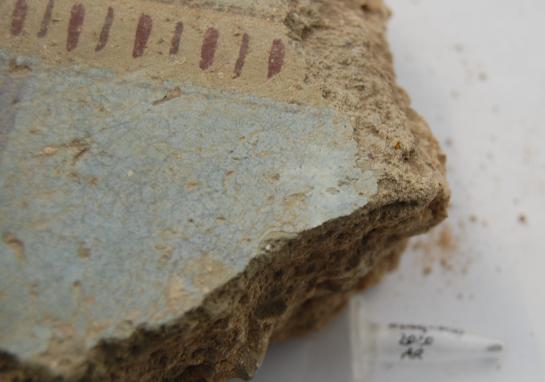Thursday 17 December, 4 PM CET
Dr. Alexandra Rodler
ABSTRACT: Like the present, the ancient world was fascinated by color. People manipulated natural materials to use them as colorants for e.g. architecture, sculpture, textiles or other use items. The use of color not only indicates advanced technical skills but also preference. For example, the red mercury sulfide Minium Cinnabaris or the vitreous compound Egyptian blue, were used widespread during Roman Imperial Time and Late Antiquity. Nevertheless, little is known about production centres, organisation of production or procurement patterns. Were small, but easily accessible mercury and copper ore deposits used for producing these pigments, or were distant, but well-exploited sources preferred? Archaeometric research can reveal how raw materials, finished products/artifacts or even technical knowledge (recipes) were exchanged in the past. To test the potential of archaeological pigments for indicating various forms of exchange, I will assess where raw materials came from and whether compositional differences can show diachronic changes in supply, technological choices and/or organization of production in context with cultural, political and economic dynamics.

